For 38 years, Colombian-based NGO Fundación Proyecto Tití has successfully run a reforestation program to protect the critically endangered cotton-top tamarin and its tropical dry forest habitat in northwestern Colombia.
Using rigorous science-based reforestation methods, the program has helped create four protected areas that cover some 5,100 hectares (12,600 acres).
During this time, Proyecto Tití has planted more than 120,000 native trees across nearly 570 hectares (1,400 acres) to secure more habitat for cotton-top tamarins (Saguinus oedipus) and other native wildlife to thrive.
At the end of this year, the organization is planning to purchase an additional 386 hectares (954 acres) with the help of Silicon Valley-based ReWorld, an NGO that has committed to raising $1.2 million by October to support the organization.
Once purchased, the land will be used to create new habitat for about eight to 10 families of cotton-top tamarins, which are threatened by illegal logging and wildlife trafficking.
Found nowhere else but in northwestern Colombia, the species were abundant until the late 1960s, when 20,000-30,000 individuals were captured for use in biomedical research, pushing the species into a threatened status.
“Any effort to protect and restore the land is key and vital for the long-term survival of this unique primate species,” says Rosamira Guillen, executive director of Proyecto Tití.
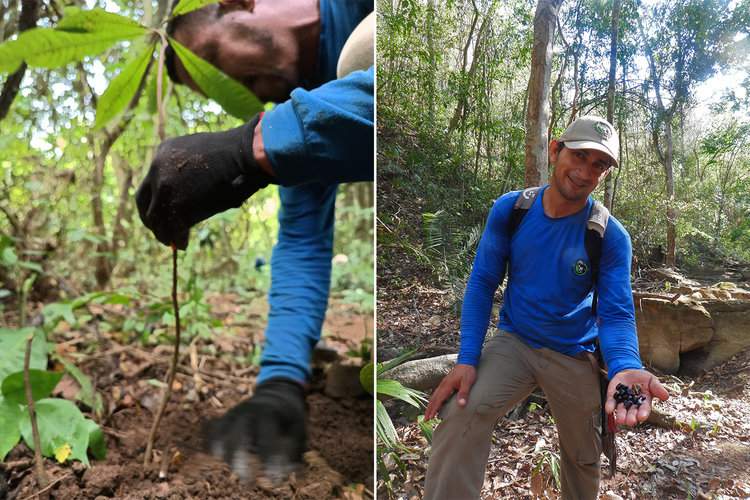
“Expanding our reserve will give us an opportunity to reclaim critical habitat for cotton-tops and wildlife, but also it will allow us to get more people involved in forest restoration by propagating and managing saplings, planting the trees and monitoring their growth and survival.”
Native to Colombia’s Caribbean region, cotton-top tamarins live in semiarid lowlands and mangrove forests. But much of this forested landscape has been cleared to make way for extensive cattle ranching and agricultural. Over the years, the dramatic loss of forest has resulted in the tamarins being listed as critically endangered on the IUCN Red List, with only 7,400 individuals estimated to survive.
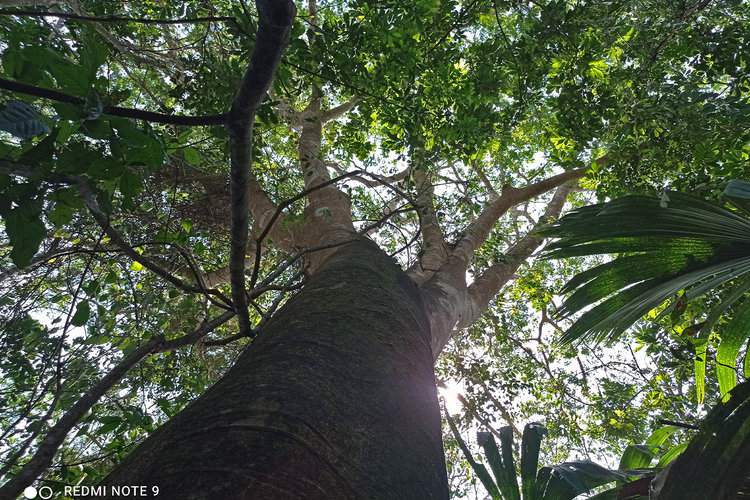
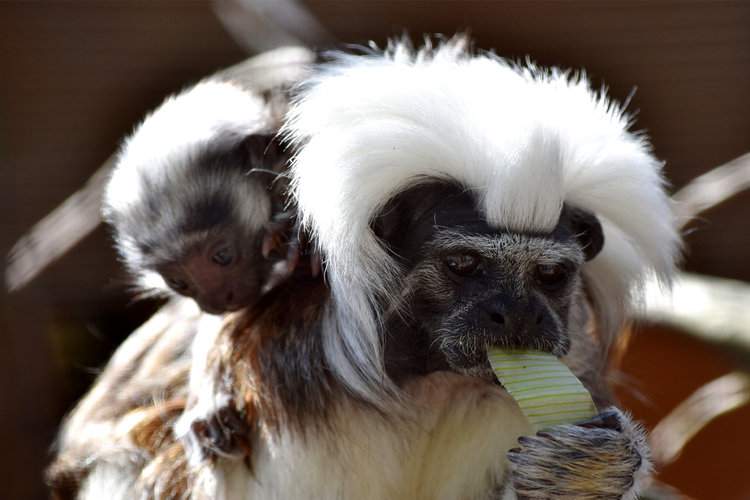
Bridging conservation and technology
Guillen says their teams have spotted groups of tamarins foraging in the second-growth forests they created in the past, and hope to have new data on these populations by early next year.
Now, Proyecto Tití has set its sights on land near its forest reserve, Los Titíes de San Juan, and the state-managed Los Colorados National Sanctuary in Bolívar department. The land was previously cattle ranches.
Chris Vargas, a tech entrepreneur and venture capital investor, has been friends with Guillen for more than 18 years. After learning that Proyecto Tití had plans to expand, he reached out to Prudhvi Dharmana, a software engineer, and Christie Burley, an expert in sustainability, to help him launch ReWorld.
ReWorld has raised 25% of the amount needed to purchase the new land through its online fundraising platform. The platform allows donors to visualize the future preserve and donate money toward specific parcels of land.
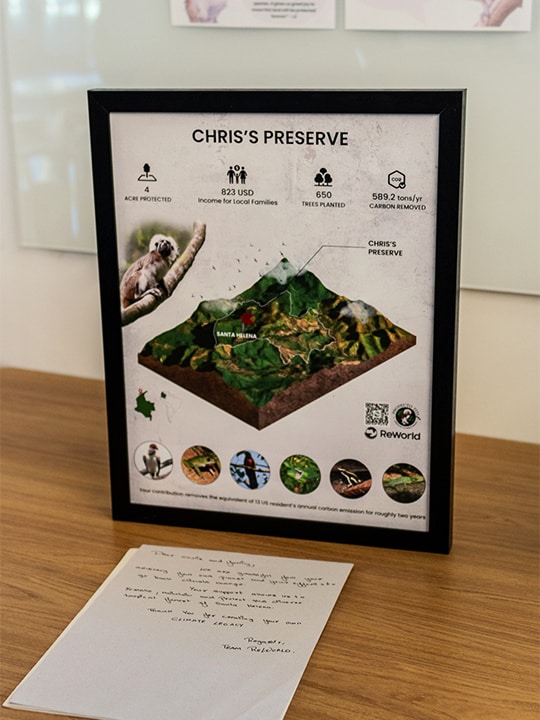
The website is designed to make it easier for donors to invest in reforestation efforts, as well as obtain science-based metrics about the land they’re donating toward. This helps them know the exact number of trees that will be planted in the parcel they choose, the benefits for the local population in terms of jobs and income, and the amount of carbon removed from the atmosphere as a result of the reforestation.
“A lot of time, when you donate, say, $100 to a conservation project, you will not know what the exact impact of that would be,” Dharmana tells Mongabay. “We want to give clear, transparent metrics based on science.”
ReWorld’s carbon removal estimates are calculated by Fix6, a carbon-modeling consultancy that studied the site to calculate how much carbon the reforestation project would store over the next 100 years. Using a comprehensive algorithm developed by Fix6, ReWorld provides estimates to donors based on detailed analyses and simulations that factor in everything from tree type and planting distance, to growth and survival rates, weather, satellite imagery, and more.
Based on these estimates, the entire project will remove more than 250,000 metric tons of carbon from the atmosphere over the lifetime of the project (about 70 years), which is equivalent to the annual emissions of 15,625 U.S. citizens.
Part of the goal is to ensure local families benefit from the process. According to ReWorld’s estimates, the new preserve will create at least 25 permanent and seasonal jobs for the next five years. A large portion of the annual budget, which is approximately $220,000, would go toward salaries and other important needs, such as transportation and purchasing necessary items. Workers will also help build three eco-lodges to create more operating income for Proyecto Tití.
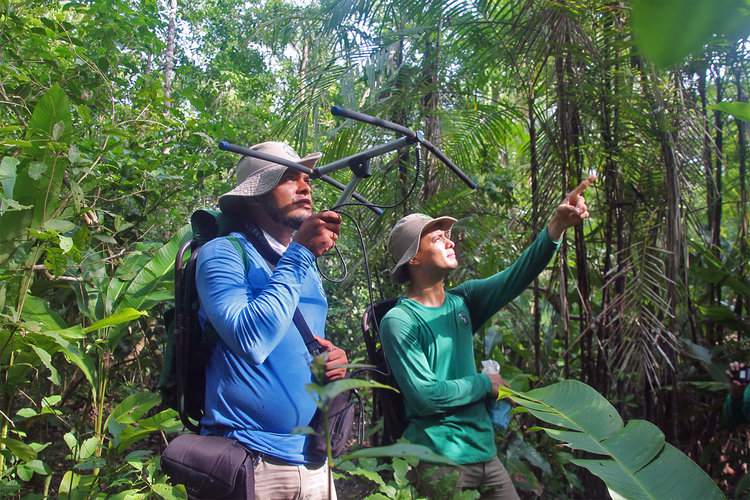
Carbon offsets, but good?
For a small organization like Proyecto Tití, it’s a challenge to scale up when you depend on donations and grants and receive no financial support from the government, Guillen says. Poverty, deforestation and wildlife trafficking continue to persist, all made worse by a “lack of enforcement of laws,” which pose “a permanent threat” to their work, Guillen says.
Although the group continues to make a difference at the local level, scaling up is important to ensure the long-term survival of the cotton-top tamarins and other native wildlife, such as the Colombian spider monkey (Ateles fusciceps rufiventris), considered vulnerable on the IUCN Red List, and Dahl’s toad-headed turtle (Mesoclemmys dahli), which is critically endangered.
“One of the things we’re doing for conservationists like Guillen is giving them a roadmap and some technical expertise on how to secure carbon credits,” Vargas says. “The markets are messy, they’re inefficient and full of middlemen who take exorbitant fees.”
Carbon credits, also known as carbon offsets, provide individuals and companies with the opportunity to compensate for, or “offset,” their emissions by investing in projects that protect or restore ecosystems and thereby absorb carbon emissions.
In January, an investigation by The Guardian, Die Zeit and SourceMaterial revealed more than 90% of rainforest carbon offsets by the world’s leading certifier are effectively “worthless” and don’t represent actual carbon reductions. This raised doubts about the effectiveness and integrity of the carbon market, with scientists calling for the unregulated system to be urgently reformed.
“I think it’s right to be wary of carbon offsets when considered as a way to cheaply meet one’s climate commitments,” says Gilles Dufrasne, policy lead at Carbon Market Watch. “It’s just not realistic.”

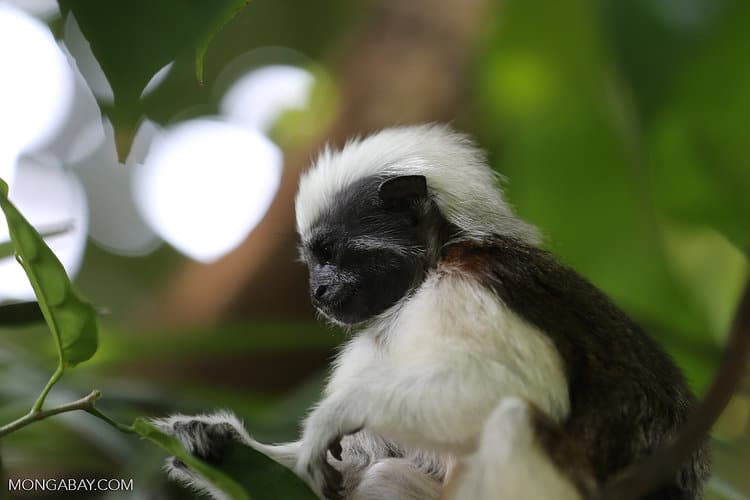
Dufrasne tells Mongabay the key is to improve measurements of projects and to make it clear that carbon credits should not be seen as a way of compensating for carbon emissions.
“If we move past this and consider credits as a way to finance projects, acknowledging the uncertainty that lies behind this impact measurement, then I think these systems could play a positive role in climate action,” Dufrasne says.
“The focus should be on channeling finance to the right projects, rather than buying credits that supposedly are equivalent to emissions reductions.”
All of the income generated from ReWorld’s efforts goes directly to the project, according to the volunteer-run organization. Because of this, it self-funds its marketing efforts.
“We don’t run ads on YouTube or Instagram,” Dharmana says. Instead, ReWorld relies on word of mouth or local news organizations that want to share its story.
“Everything you see us do — the website, the consultants — we pay that out of our own pockets,” Burley says . “We want to make sure the project is successful.”
In the future, ReWorld plans to expand its efforts to help other conservation and climate NGOs in multiple regions around the world.
Citations:
Maynard, L., Savage, A., Vega, J., DeWan, A., Díaz, L., Gezon, Z., & Guillen, R. (2021). Can creating sustainable livelihoods with communities impact cotton-top tamarin (Saguinus oedipus) conservation in Colombia? Conservation Science and Practice, 3(8), e476. doi:10.1111/csp2.476
Savage, A., Thomas, L., Feilen, K. L., Kidney, D., Soto L. H., Pearson, M., … Guillen, R. R. (2016). An assessment of the population of cotton-top tamarins (Saguinus oedipus) and their habitat in Colombia. PLOS ONE, 11(12), e0168324. doi:10.1371/journal.pone.0168324
González-González, A., Villegas, J. C., Clerici, N., & Salazar, J. F. (2021). Spatial-temporal dynamics of deforestation and its drivers indicate need for locally-adapted environmental governance in Colombia. Ecological Indicators, 126, 107695. doi:10.1016/j.ecolind.2021.107695
Balmford, A., Brancalion, P. H. S., Coomes, D., Filewod, B., Groom, B., Guizar-Coutiño, A., … Swinfield, T. (2023). Credit credibility threatens forests. Science, 380(6644), 466-467. doi:10.1126/science.adh3426
This article by Aimee Gabay was first published by Mongabay.com on 5 July 2023. Lead Image: Native to Colombia’s Caribbean region, cotton-top tamarins live in semiarid lowlands and mangrove forests. Image by Fabio Gismondi via Flickr (CC BY-NC-SA 2.0).
What you can do
Support ‘Fighting for Wildlife’ by donating as little as $1 – It only takes a minute. Thank you.
Fighting for Wildlife supports approved wildlife conservation organizations, which spend at least 80 percent of the money they raise on actual fieldwork, rather than administration and fundraising. When making a donation you can designate for which type of initiative it should be used – wildlife, oceans, forests or climate.
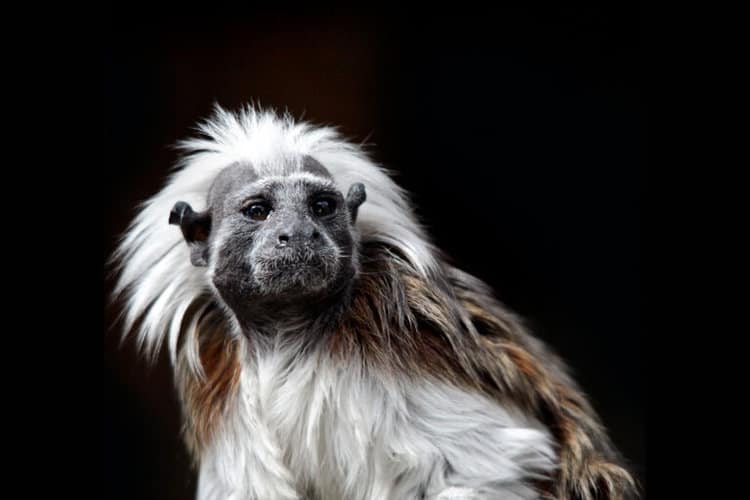

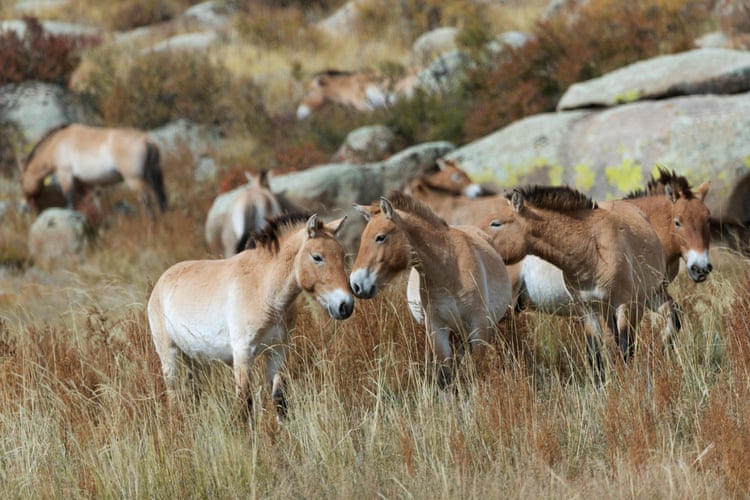

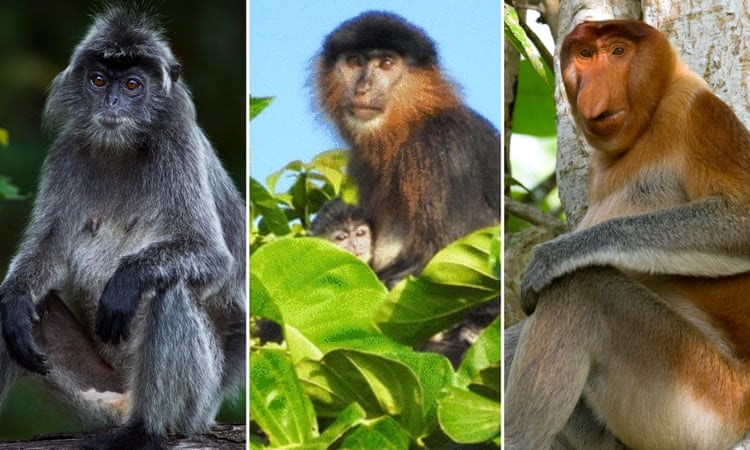
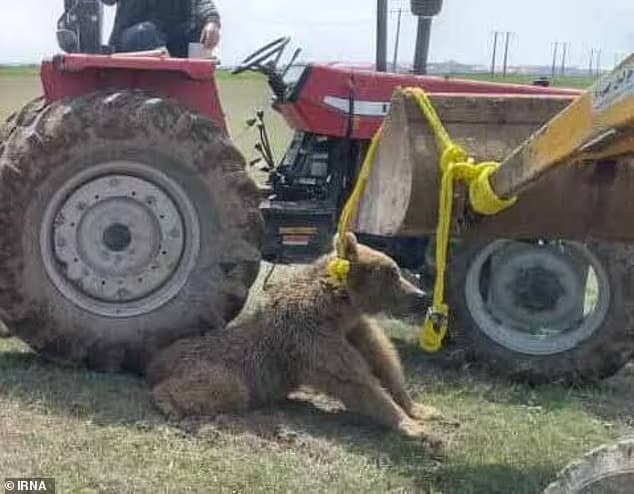

Leave a Reply